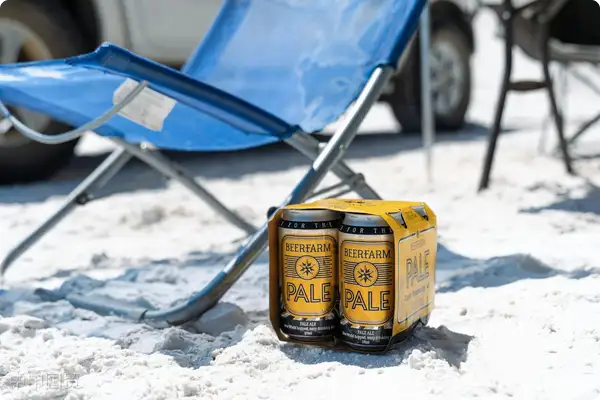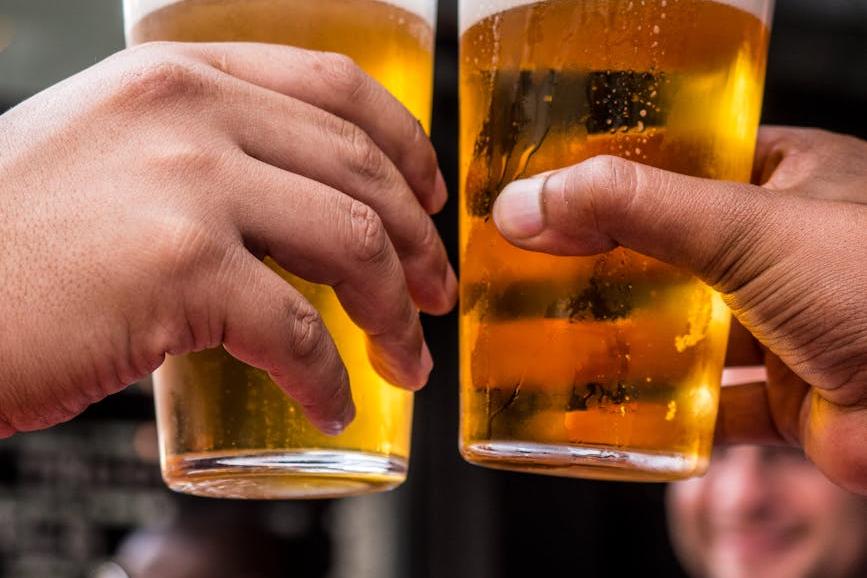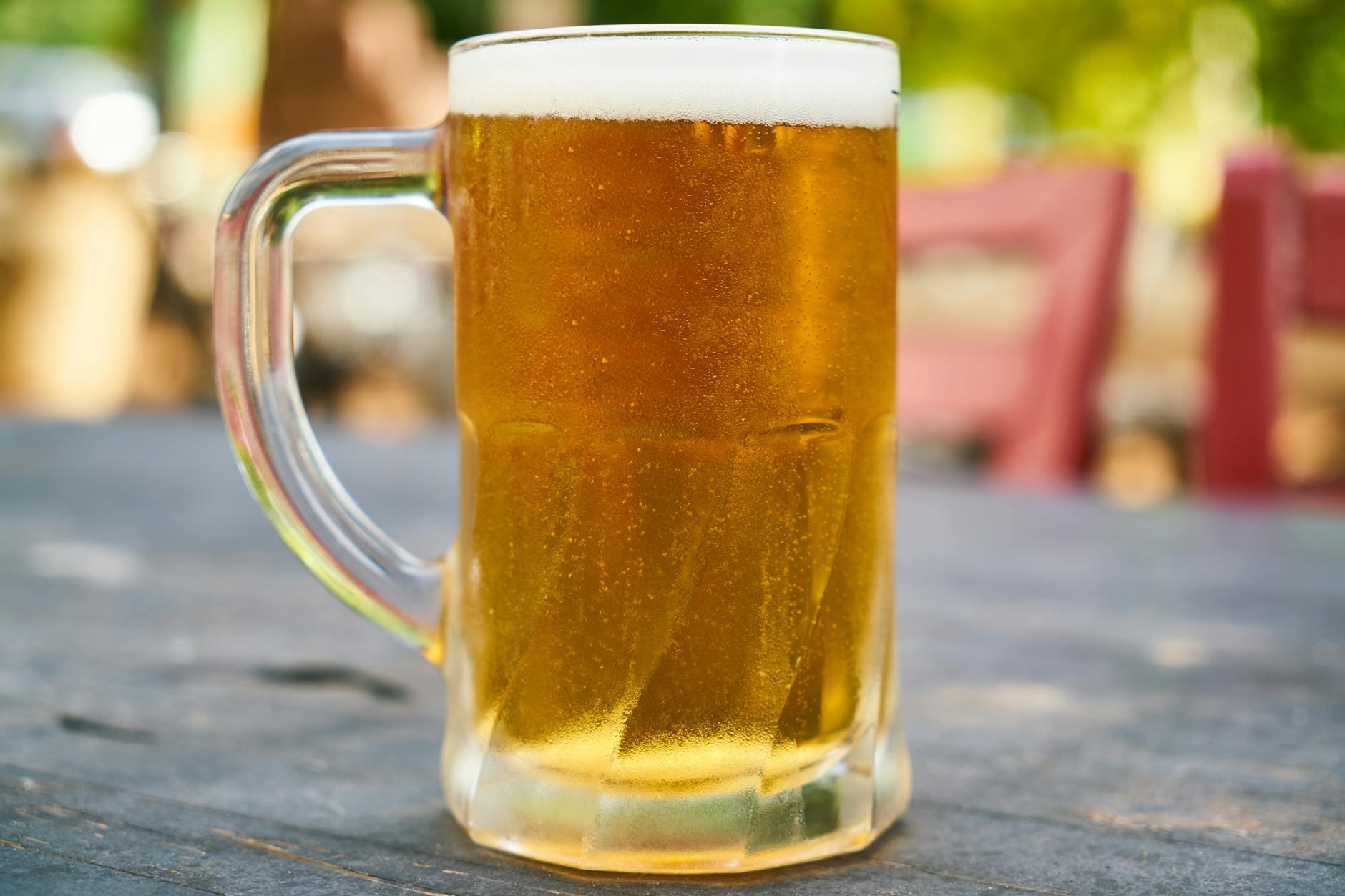- Shanghai Zhongshen International Trade Co., Ltd. - Two decades of trade agency expertise.
- Service Hotline: 139 1787 2118

When Craft Beer Meets Chinese Customs
Last month, I just finished handling a case of Belgian abbey beer stranded at the port. The goods worth 300,000 US dollars were almost returned due to the lack of a label ingredient list. This reminds me of the 200,000 - yuan tuition fee I paid at Tianjin Port when I first dealt with the import of German dark beer twenty years ago. Today, I will use my practical experience to help you analyze the four customs - clearance passwords for imported liquor agents.
Qualification certification: An admission ticket more important than product selection
Last year, a new - emerging agent had a whole container of Spanish fruit beer detained due to the lack of filing in the List of Overseas Food Production Enterprises Registered for Import. Remember these three essential documents:
- Food circulation permit (original scanned copy + notarized translation)
- Certificate of origin and hygiene (should include 18 items of data such as alcohol content and raw material ratio)
- Pre - review certificate of Chinese back label (it is recommended to submit it to the customs for pre - review 30 days in advance)
Three hidden variables in tariff calculation
Dont be misled by the 10% general tariff rate. The actual cost may differ by 23%:
- Packaging material trap:Glass bottles pay 3% more consumption tax than aluminum cans
- Alcohol - gradient tax:The value - added tax difference between 5.6%vol beer and 12%vol craft beer is up to 8%
- Impact of transportation temperature:Cold - chain transportation can apply for a 1.2% tariff reduction
The golden section point for choosing a logistics solution
After handling over 300 liquor - container transportation cases, I have summarized this decision - making matrix:
- 20 - foot container economy type (suitable for popular consumer goods)
- Maritime TransportationCycle: 35 days for Europe / 28 days for Australia
- Damage rate control: Packaging standard of less than 0.3%
- Thermostatic container (recommended for high - end craft beer)
- Temperature fluctuation: Monitored throughout the process with ±1.5℃
- Cost increase: 40% higher than ordinary containers, but the loss is reduced by 78%
Three Fatal Details in Brand Implementation
A German brand lost millions last year due to overlooking these three details:
- Translation Traps on the Back Label:The literal translation of craft beer may not comply with the GB7714 standard
- Classification of Bottle Cap Tariffs:The HS codes for screw caps and crown caps are different
- Declaration of Promotional Items:The value of complimentary wine glasses needs to be declared separately
Avoid These Three Common Mistakes
- Blindly believing in FOB quotations (the actual landed cost may exceed the budget by 15%)
- Ignoring cultural taboos (a batch of Middle - Eastern style beer was returned due to pattern issues)
- Blindly pursuing zero breakage (controlling a reasonable loss rate is more conducive to long - term cooperation)
I remember when I helped a client with the customs clearance of Canadian ice wine last year, the pre - prepared temperature difference curve shortened the inspection time by 72 hours. The real competitiveness of this industry often lies in the seventh remarks column of the customs declaration form. The next time you receive a quotation, you might as well ask: Can the temperature monitoring data during transportation be viewed in real - time? Perhaps this is the key to opening up a new market.
Related Recommendations
Category case
Get in Touch
Email: service@sh-zhongshen.com
Related Recommendations
Contact via WeChat

? 2025. All Rights Reserved. Shanghai ICP No. 2023007705-2  PSB Record: Shanghai No.31011502009912
PSB Record: Shanghai No.31011502009912








